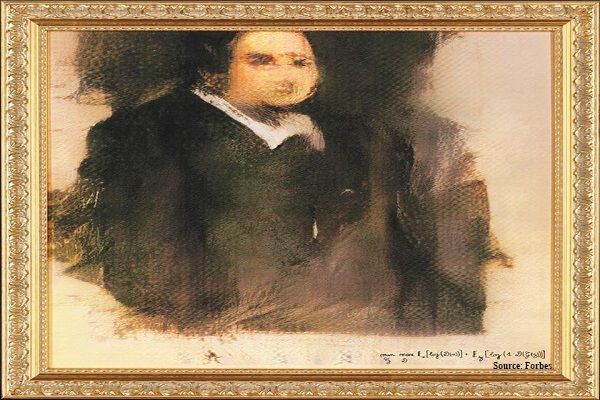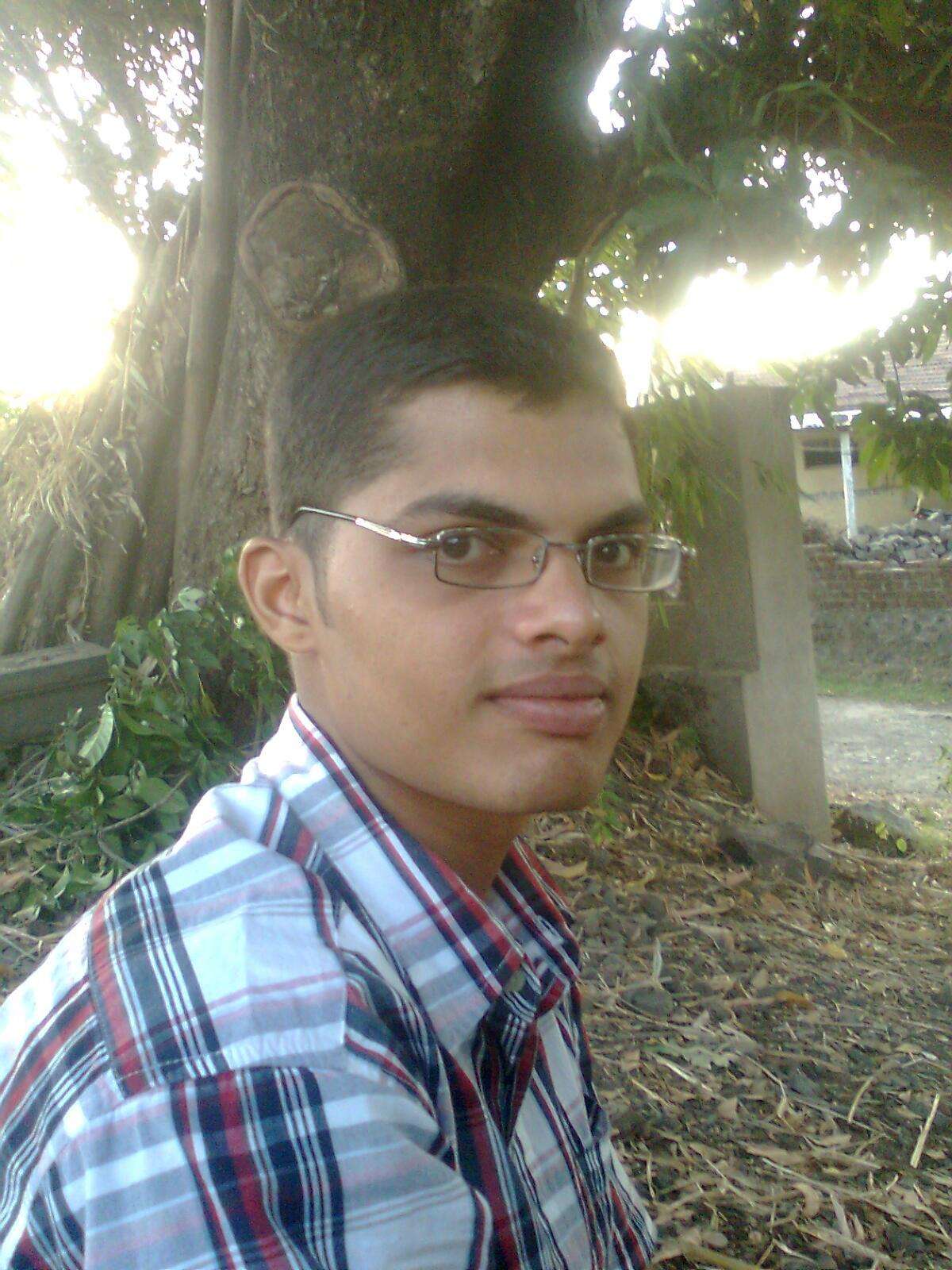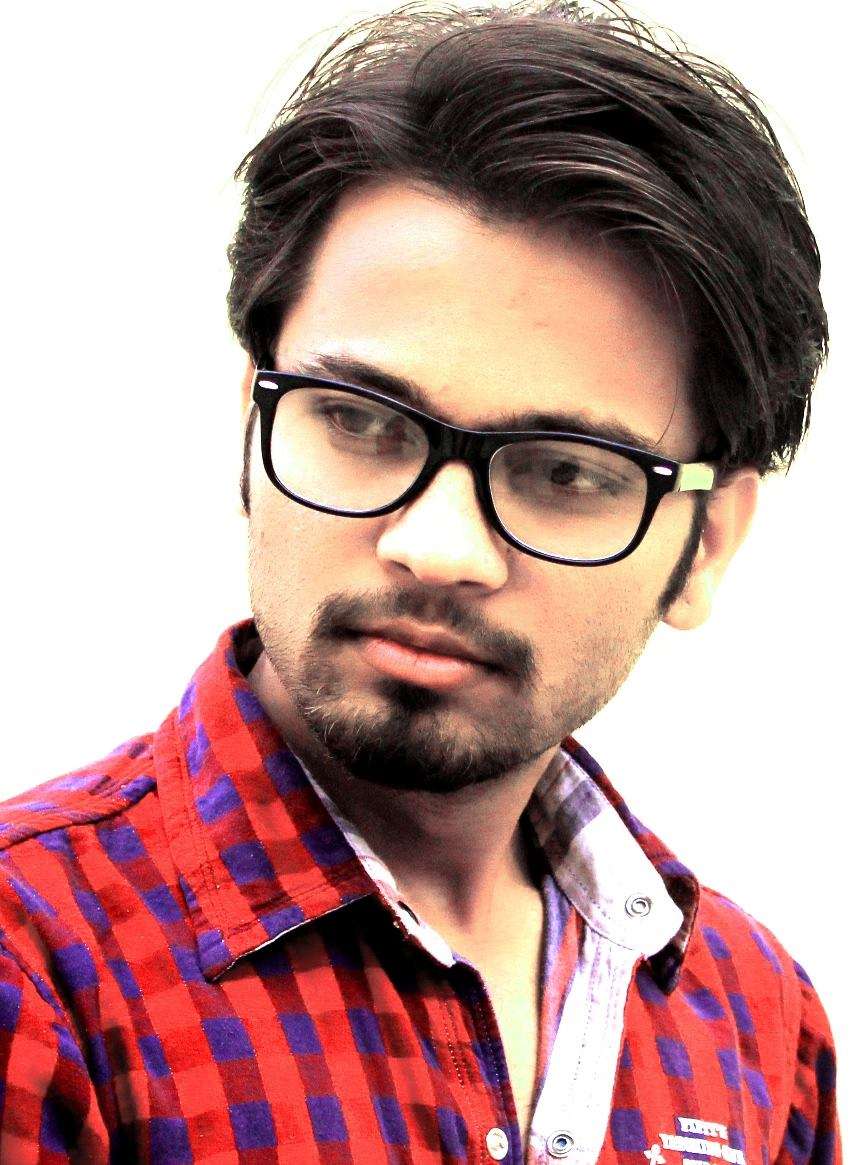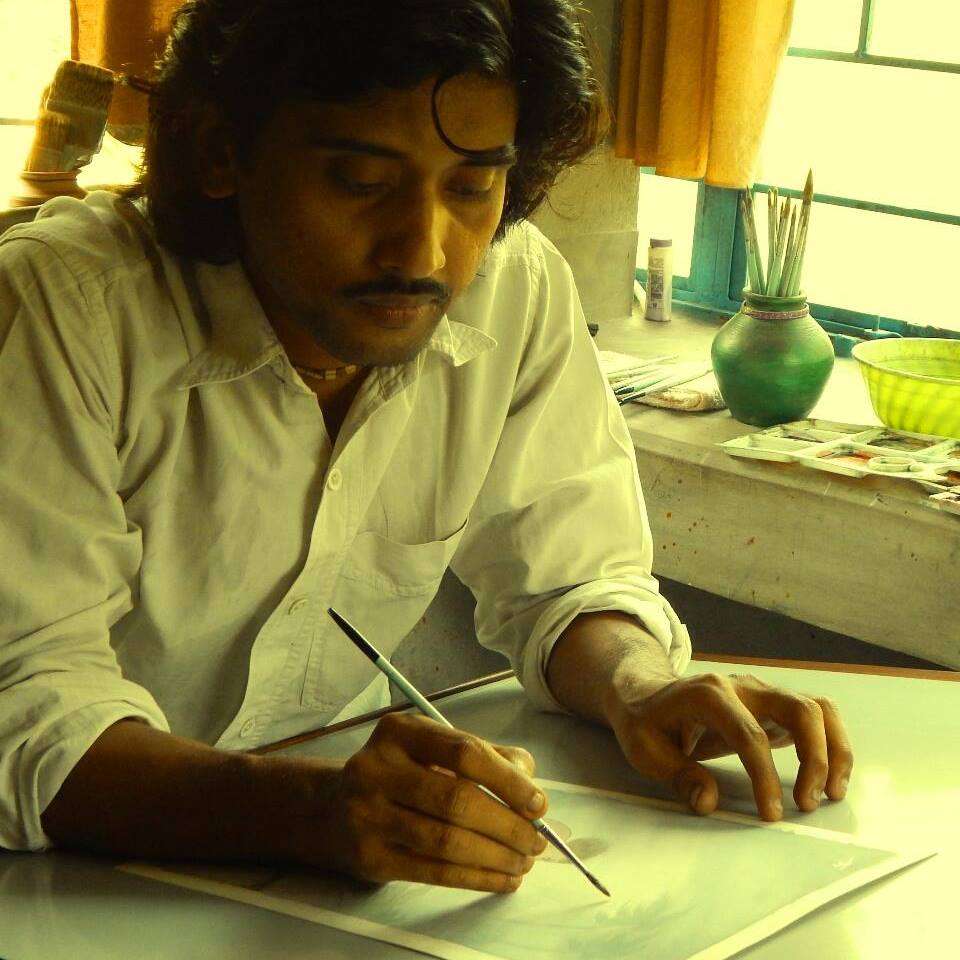
The first AI-generated painting ‘Portrait of Edmond de Belamy’ was sold for a whopping $432,500 (nearly 45 times its estimate) in 2018.
This work of the algorithm’s imagination features a blurred chubby man with no nose, dressed in a frock-coat over a white-collared shirt.
Rather than being an ingenious piece of artwork with a lot of science behind it, it looked amateurish with surprising deformities and was barely visually appealing!
So, what made this painting fetch such a huge amount?
Is it that machines have brought in a new genre of art? Or is there a mere change in the way we perceive art?
Let’s explore the shifting dynamics of the art world with AI involved and imagine how it will look like in the coming decades.
Talking about the art world, it has a long tradition of artists rejecting existing forms, styles and bringing in new ideas and things to keep changing the status quo.
Artists have always tried to arouse viewers and grab their attention by doing something new. Artificial Intelligence offers another creative process which involves an artist and a machine collaborating in a whole new way to explore innovative forms of artwork.
How exactly does the mechanics of AI-art work? Generative adversarial networks software (GANs) and other algorithms allow artists to create images based on a particular concept or series of pictures. Artists need to choose a collection of images to feed the algorithm and the machines try to generate images complying with the aesthetics it has learned. For example, “Edmond de Belamy” was created using data from more than 10,000 portraits from the 14th to 20th centuries.
Today, many new generation artists are creating stunning pieces with AI, machine learning, GANs, and algorithms.
Mario Klingemann creates amazing pieces of art using neural networks, code, and algorithms. His artwork ‘Memories of Passersby I’ is quite popular.
Memo Akten uses AI to create artwork depicting how humans perceive the world. The most famous piece of his work is ‘Deep Meditations’ wherein he trained a neural network using images of world, universe and more and let AI create its own representations of these concepts of human life.
Sougwen Chung uses her own skill and collaborates with AI, robots to create works of art.
Seeing this, it seems that AI art is reshaping the art world and many might perceive it as a threat to traditional art practices and forms. But, this fear is unfounded!
This new technology presents a great opportunity for traditional art painters to capitalize on.
Though AI-generated artwork may seem indistinguishable to some, the creative spark behind it will always be very much human.
In the words of Psychologist Daniel E. Berlyne who have studied the psychology of aesthetics for decades- novelty, surprise, complexity, ambiguity, and eccentricity tend to be the most powerful stimuli in the works of art.
These AI, machines, algorithm might create pleasing and attractive images but it certainly will not be a disruptive force in the art world. It can never replace artists but it will simply provide them with an additional creative tool and medium not only to experiment with. But, also one they could collaborate with.
Experts believe that just like photography took the world by storm but gradually became an established fine art genre of its own, AI-generated art will go down the same path.
But, one thing that will happen for sure is AI-generated art will be admired by a few and hated by more!
Wrap Up
Artificial Intelligence art is another art movement of the 21st century that has attempted to redefine the role of an artist.
Overall, the future of art looks exciting!





















